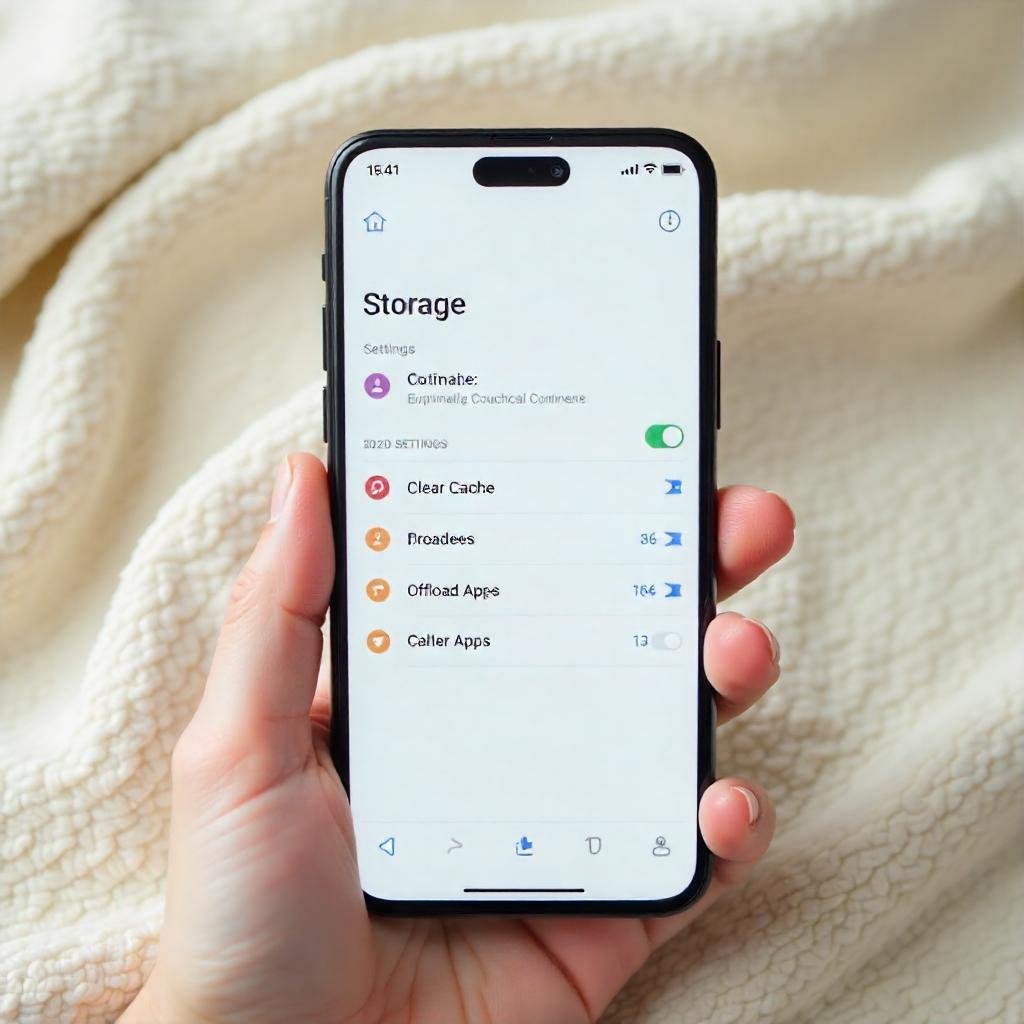Smartphones are our lifelines in 2025, but running out of storage can feel like hitting a digital wall. Whether you’re storing high-res photos, 8K videos, or the latest apps, knowing how to upgrade your smartphone storage is essential. This guide will walk you through practical, cost-effective ways to boost your device’s capacity, ensuring you never see that dreaded “storage full” notification again. From cloud solutions to hardware upgrades, we’ve got you covered with actionable tips and expert insights.
Why You Need to Upgrade Your Smartphone Storage in 2025
The demand for smartphone storage is skyrocketing. According to Statista, the average smartphone user will require over 256GB of storage by 2025 due to larger app sizes and media files. Running low on space can slow your device, limit app installations, and frustrate your daily experience. Upgrading your smartphone storage ensures smoother performance and room for what matters most.

Top Methods to Upgrade Smartphone Storage
Here are the most effective ways to increase phone storage in 2025, tailored to different budgets and technical comfort levels.
1. Use Cloud Storage Solutions
Cloud storage is a game-changer for managing smartphone storage. Services like Google Drive, Dropbox, and iCloud let you store photos, videos, and files online, freeing up local space.
- How It Works: Upload files to the cloud and access them anytime with an internet connection.
- Pros: Affordable plans, automatic backups, and cross-device access.
- Cons: Requires internet access; subscription costs can add up.
- Example: Sarah, a travel vlogger, uses Google Drive to store her 4K videos, keeping her phone’s 128GB storage free for new content.
Pro Tip: Opt for a service with auto-upload features to streamline your storage management.
2. Invest in External Storage Devices
For those who prefer physical storage, external devices like USB-C drives or microSD cards (if your phone supports them) are excellent options to expand smartphone capacity.
- MicroSD Cards: Brands like SanDisk offer cards up to 1TB. Check your phone’s compatibility first.
- USB-C Drives: Plug-and-play drives work with most modern smartphones.
- Cost: MicroSD cards range from $20–$100, depending on capacity.

3. Upgrade Your Smartphone’s Internal Storage
Some flagship phones in 2025, like Samsung’s Galaxy series, allow professional internal storage upgrades. This involves replacing the phone’s storage chip, but it’s complex and voids warranties.
- Best For: Tech enthusiasts comfortable with DIY repairs.
- Cost: $100–$300, plus professional service fees.
- Risk: Potential data loss or device damage if done incorrectly.
Note: Always back up your data before attempting hardware upgrades. Consult a certified technician for safety.
4. Optimize Existing Storage
Before spending money, try optimizing your current storage to manage phone storage more effectively.
- Clear Cache: Go to Settings > Storage and clear cached data.
- Delete Unused Apps: Remove apps you haven’t used in months.
- Offload Media: Transfer photos and videos to a computer or external drive.
- Example: John freed up 20GB on his iPhone by deleting old podcasts and moving photos to an external SSD.

Choosing the Right Smartphone Storage Solution for You
Not sure which method suits you? Here’s a quick guide:
- Budget-Conscious Users: Start with cloud storage or optimize existing space.
- Tech-Savvy Users: Consider microSD cards or USB-C drives for flexibility.
- Heavy Users: Invest in a phone with expandable storage or professional upgrades.
- Data-Driven Insight: A 2024 survey by TechRadar found that 68% of users prefer cloud storage for its convenience, while 22% opt for external devices.
Future-Proofing Your Smartphone Storage in 2025
As 2025 brings larger apps and higher-resolution media, planning ahead is key to smartphone storage solutions. Consider these trends:
- AI-Driven Storage Management: New phones will use AI to automatically suggest files for offloading.
- Larger Base Storage: Many 2025 models, like the iPhone 17, are expected to start at 256GB.
- Hybrid Cloud Solutions: Services combining local and cloud storage for seamless access.
Pro Tip: When buying a new phone, prioritize models with expandable storage or high base capacity to avoid upgrades later.
Conclusion: Take Control of Your Smartphone Storage Today
Upgrading your smartphone storage in 2025 doesn’t have to be daunting. Whether you choose cloud storage, external devices, or optimization techniques, you can increase phone storage to fit your needs. Start small by clearing unused files, explore affordable cloud plans, or invest in a microSD card for instant relief. With these strategies, you’ll keep your smartphone running smoothly and ready for whatever 2025 throws your way.
What’s your go-to method for managing smartphone storage? Share your tips in the comments!
